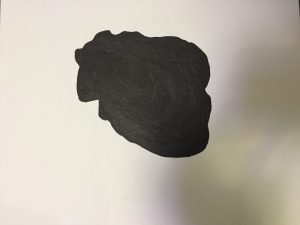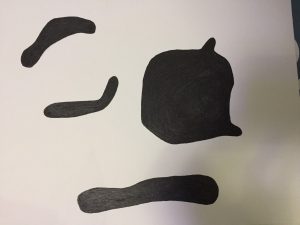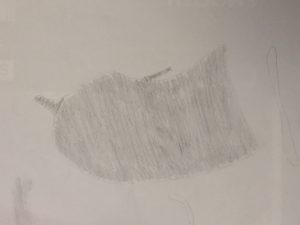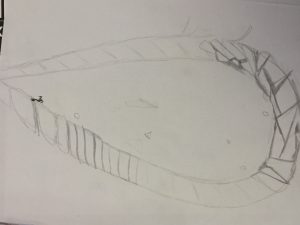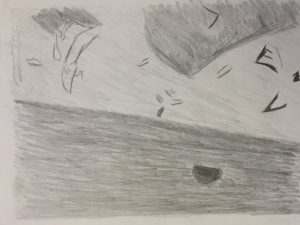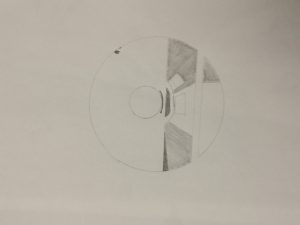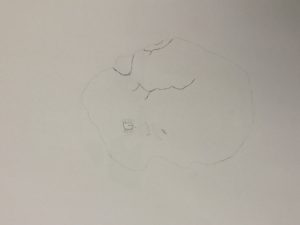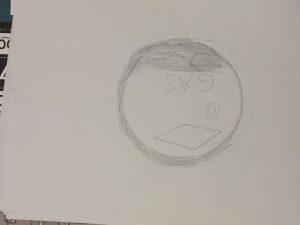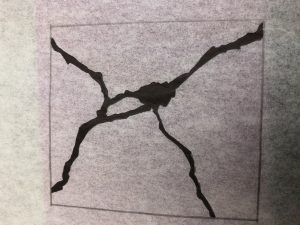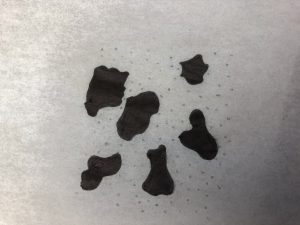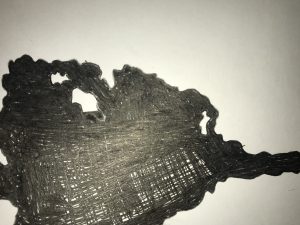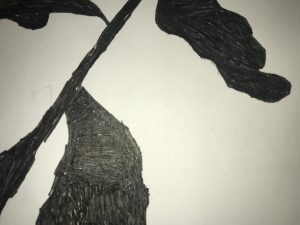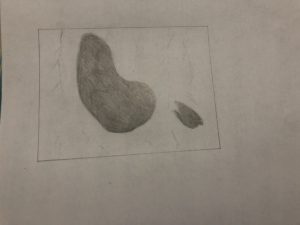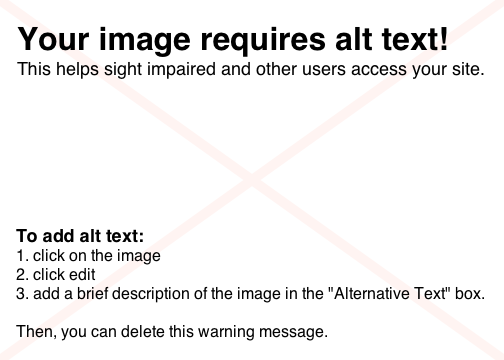In Phase 2, I spent three hours sketching and refining the thumbnails, as well as my full page sketches.
Lost and Found: Phase 1
My first three images are respectively of broken chicken bones, ripped loose leaf, and a stem and leaf. These images all show an obvious figure/ground relationship. The stem and leaf stick out, as well as the chicken bones, and the loose leaf is very clear and distinguishable. The paper is very geometric while the chicken bones and leaf display organic shapes. My other three pictures are of chipped wood, paint splattered wood, and a tree with moss on it. These were my choices for ambiguous figure/ground relationships. They’re all mostly organic, with the exception of the chipped wood, which shows some type of geometric shaping in the literal chipped parts of it.
The chicken bones and loose leaf were found outside a school by a bus stop; I imagined both came from a student heading home who accidentally dropped some work as they were discarding their food. The leaf and stem was found on the sidewalk by someones house; It most likely fell off and out of the persons yard as a result of wind and rain. As for the wood, I discovered both in a private parking lot by people’s garages. The wood has been chipped at for years, going through many seasons; heavy rains and winds. The paint splattered wood was more fortunate not to experience as much damage over the years, could possibly be much more fresh than the other. And lastly the mossy tree is a result of the rainy weather; The day I took these photos it was raining pretty heavy actually.
I worked on this Phase for about four hours, including traveling to take pictures, choosing and editing six images from all that I took, and then finally writing about them.
Lost & found: Phase 4 COMD1100
https://openlab.citytech.cuny.edu/mpaularenniscom-grdesprin1/2018/09/03/project-1-phase-1-comd1100/
https://openlab.citytech.cuny.edu/mpaularenniscom-grdesprin1/2018/09/24/lost-found-phase-2-comd1100/
https://openlab.citytech.cuny.edu/mpaularenniscom-grdesprin1/2018/09/24/lost-found-phase-3-comd1100/
This project took quite an effort to accomplish. It required a lot of thoughts on how you can distinguish the difference between an obvious and ambiguous image. What I could of done better was adapting and learning the black and white percentage ratio and how they influence what determines an obvious and ambiguous. For the next project, I learned how the background is important and its influence on the foreground and it can be applied to our next project.
Lost & Found: Phase 3 COMD1100
Hours worked: 2 hours
This phase allowed me to think the difference between ambiguous and obvious in terms of black and white. The previous phase was about sketching a rough draft of the figures and determining whether they are obvious or ambiguous. This phase is related to the previous because it makes you realize the relationship of percentage of white:black for each obvious and ambiguous figures.
Lost & Found: Phase 2 COMD1100
Lost and Found Phase 3
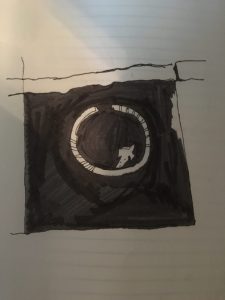
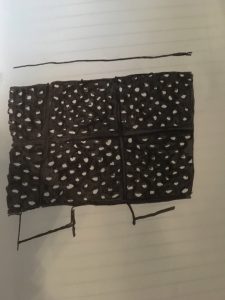
Lost & found phase 4
https://openlab.citytech.cuny.edu/mpaularenniscom-grdesprin1/wp-admin/post.php?post=62&action=edit
https://openlab.citytech.cuny.edu/mpaularenniscom-grdesprin1/wp-admin/post.php?post=195&action=edit
https://openlab.citytech.cuny.edu/mpaularenniscom-grdesprin1/wp-admin/post.php?post=366&action=edit
I learned that proportion is also a key factor in determining the ambiguity or obvious relationship in a composition. I could have made my ambiguous figure more wider so that it looks more ambiguous. I could’ve excluded three other shapes for my obvious composition or joined them together. For my next project i will make sure that i can get rid of unnecessary shapes and lines and be careful choosing proportions.










